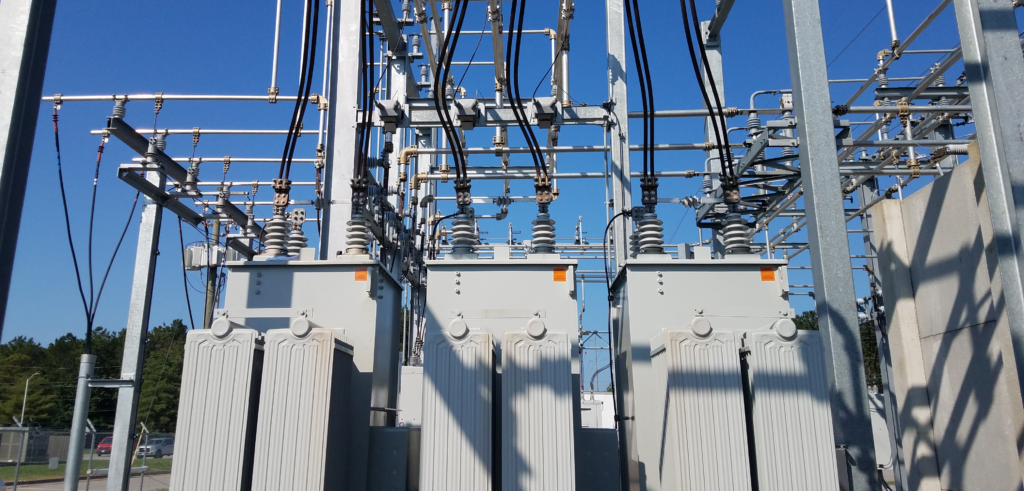By Mark Stone, Training Manager
Determining transformer criticality is an important step towards turning your existing maintenance plan (or lack of) into a reliability-centered maintenance program. The analysis will allow you to develop a custom plan that saves you money with minimal downtown. So, how do you go about determining transformer criticality?
The question of what tests to pull and how often testing is needed is complex, and there are many different philosophies on this subject matter. Some people say it should be based on size — the bigger and more expensive the transformer, the more tests you need to run. While this may apply to certain types of transformers (like generator step-up or arc furnace transformers, which should be sampled quarterly because of the unique challenges they have when it comes to repairing, replacing, or rewinding), looking at size alone does not tell you enough of the story.

Where to Start:
The easiest method is to look at each one of your transformers and decide which ones are most critical to you. But, of course, all of them are critical! To answer this question more completely, you can start by looking downstream from each transformer and determine where failures would be most critical to the operations of your plant. Let’s look at some examples.
Start with the main incoming transformer. If this transformer fails, your whole plant shuts down. You can consider this a very critical transformer, requiring an extensive preventative maintenance plan. Easy enough! Next, look at the small, single-phase pole-mounted unit that keeps the lights on in an office building. You might consider this a run-to-failure transformer and decide not to perform testing on it. But what happens if that same small, single-phase pole-mounted transformer operates a fire suppression system? The criticality jumps up because the unit is critical to safety. These examples demonstrate why you need to consider each application of the transformer when deciding transformer criticality.
A formal criticality analysis can help you with this process. To categorize a transformer, you will ask a series of questions to estimate the potential impact of transformer failure, study the transformer’s history, and estimate the ease of repairs or replacement. Here is an example of a criticality analysis:
On a scale of 1 to 5 (1 being low risk, 5 being high risk), estimate the transformer’s impact:
- Mission Impact – Failure of the transformer would prevent your company from completing its day-to-day missions.
- Customer Impact – Failure of the transformer would prevent your company from supplying your customers’ products.
- Safety Impact – Failure of the transformer would introduce new and/or more dangerous safety issues.
- Environmental Impact – Failure would result in an environmental issue and/or costly cleanup.
- Maintenance History – Consider the age of the transformer and use previous test reports that reveal how well the transformer is aging.
- Reliability History – Has the transformer been a running and reliable piece of equipment over time?
- Replacement Lead Time/Spare – How long will it take to replace the transformer? Is there a spare ready to go?
- Replacement Costs –How much would to cost to replace the transformer? Consider costs of lost production, clean up, etc. here as well.
Total up your score, with the maximum being 40. Then, you can categorize your equipment from least to most critical by putting them into 4 categories.
- Category 1 (0-10) – This transformer is low criticality. It might be considered a run-to-failure transformer, and you might decide to do very minimal oil testing on it. You can consider more of a reactive maintenance program.
- Category 2 (11-20) – This level might also be considered more along the lines of a reactive maintenance program, but not a run-to-failure transformer. We might do some more tests on it as well as field inspections.
- Category 3 (21-30) – This level of transformer is going to be looked at a little differently than the previous 2 categories. Consider doing a complete battery of oil tests annually along with an IR scan. Also, you might consider some type of on-line gas monitor. You will want to keep up on the oil maintenance, leak repairs, and you should shut down the unit for electrical testing about every 3 years.
- Category 4 (31-40) – These are the most important transformers you have. So, we take the maintenance plan from category 3 and add on to it. For example, you might want quarterly oil testing instead of annual testing. You might also consider a multi-gas monitor, a moisture monitor, and even a partial discharge monitor for the bushings. Another step you could take is to continue your own training to make sure you understand what all of the monitors, oil tests, and electrical tests are telling you. It is critical not only that you get the tests done, but that you understand them well.

Categorizing your transformers is a great starting point, but remember to think outside of the box, too. This kind of thinking is more than just looking at what your transformer feeds. Always consider what would happen if the transformer were to fail and the impact it will have on your company and customers.
Southwest Electric Co can guide you through a criticality analysis and help you develop maintenance plans specific to each of your transformers, preventing unplanned outages and costly company losses. We also offer all types of transformer maintenance and testing both in our shop and in the field. Give us a call or email us to find out more!
For more information about maintaining your transformers, read our other articles about How Often to Pull Oil Samples and The Right Way to Sample a Transformer
Watch the videos below for more Transformer oil content!


